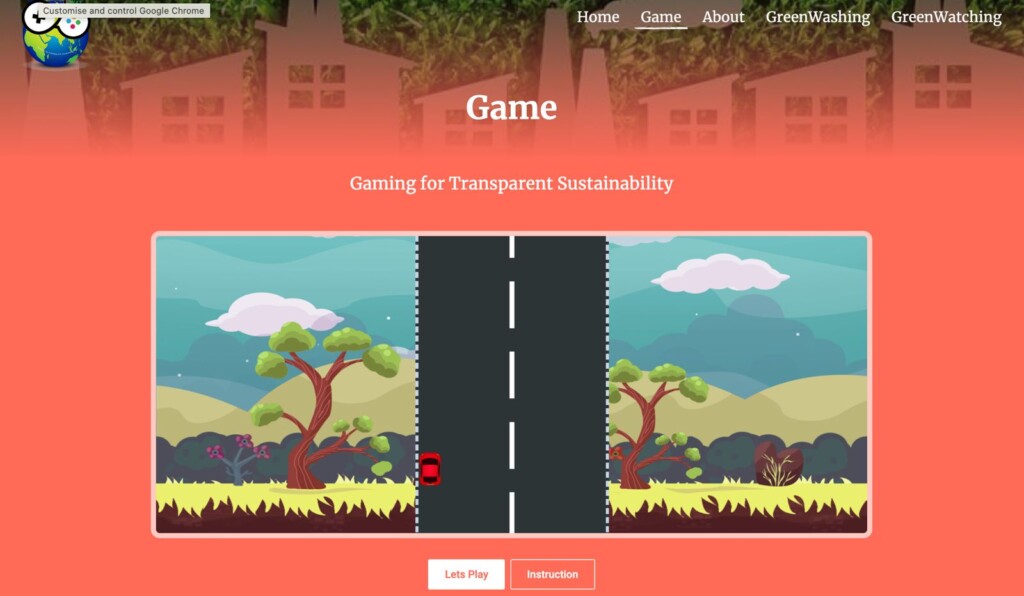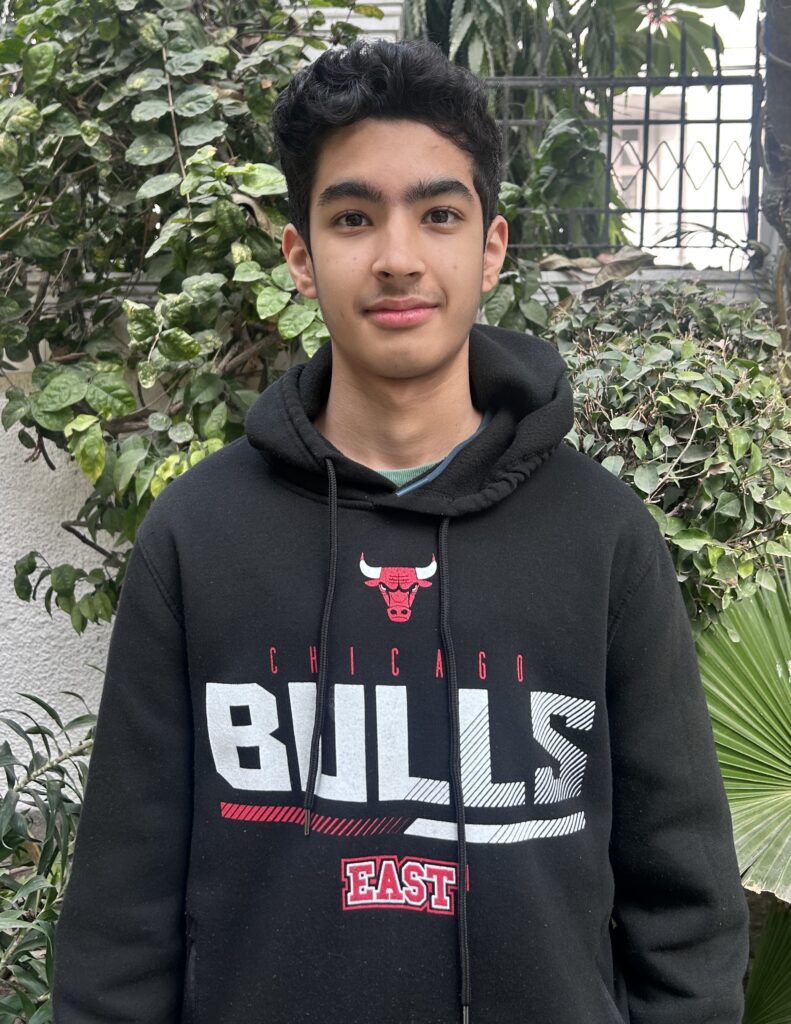Agastya says he is on “a mission to combat the deceptive menace of greenwashing through my initiative GreenWatchers: Gaming for Transparent Sustainability.”
Greenwashing happens when companies willfully share misleading or false information to consumers and investors about their products or about their environmental responsibility. It is rampant world over, particularly in India where governance is weak and legal recourse is expensive and time consuming.
GreenWatchers.in features a game where players navigate a sustainable world, confronting challenges, collecting points, and, most importantly, exposing false sustainability claims. The game relies on decision-making, mirroring real-world choices. It has collectables like recyclables and renewable energy sources. But like the real world of sustainability, it must face challenges of urban cities like traffic, trash piles, puddles, and smoke clouds. The games offer an immersive learning experience as well.

In the battle against greenwashing, knowledge is power. The game has prompts to identify authentic certifications issued by reputable organizations. It enables consumers to distinguish valid claims from images cleverly used as a marketing tactic with no action to support it. “With this,” Agastya says, “I am hopeful we can reshape our consumer landscape, disincentivize unethical business practices, one conscious decision at a time.”

Green Intel Resource Hub
Most current greenwashing education relies on static media like articles and checklists, and the complexity of the subject makes it less appealing. Greenwatchers.in is an interactive game that takes an innovative approach to education through gentle nudges and subtle cues embedded in gameplay.
To complement the game, the website offers a treasure trove of resources. It introduces the campaign, and its objectives, and explains what greenwashing is using simple, easy-to-understand language.
Recognizing the popularity of gaming, Agastya says, “I’ve merged gaming and education. The interactive format, combined with the website’s rich educational content, creates a holistic platform fostering eco-conscious decision-making. GreenWatchers.in, he says, “Is not just a call to action; it’s a rallying cry for all of us to stand up against misinformation, demand transparency and drive a change. So, buckle up, explore the game, and let’s unite as a community dedicated to a transparent and sustainable future.”
The point-based game is an interactive way to motivate and educate people on identifying greenwashing. The players “drive” down a road facing choices between real sustainability actions and empty claims. By experiencing the concepts through gameplay, core lessons are implicitly embedded.
Gamification strategically applies gaming elements like points, power-ups, and varying levels of difficulty to tap into the human desire for competition, achievement, and problem-solving. Greenwashing identification skills are seamlessly integrated into the gameplay mechanics, enabling immersive experiential learning.
Collecting genuine recycling symbols and sustainability certifications earns points, while collisions with misleading symbols or claims cause a crash resulting in lost points. Players learn through experimentation in a risk-free environment. The journey evokes the real-world confusion that consumers face in distinguishing authenticity.
It’s a Family Project
The idea for Greenwatchers sparked one day when Agastya saw his mother buy “whole wheat” pita bread. The box claimed it was wholewheat, but in the ingredients section it said 60% refined flour. He was confused but ignored it initially.
But this data kept troubling him for a few weeks. He says, “This incident stuck in my mind, sparking questions about sustainability claims I saw daily. I researched this and was shocked to learn about the prevalence of greenwashing – false environmental marketing. Like with the pita bread, companies exploit the lack of consumer knowledge. I realized education was key to empowering change.”
Feeling rather overwhelmed about how to begin, he decided to destress with a session of Fornite. The gaming enthusiast in him got activated. He had an “Aha” moment. He told himself, “I could make learning about greenwashing interactive and engage through gamification. By embedding core concepts in gameplay mechanics, my solution could make sustainability transparency rewarding and fun.”
He was sure that he wanted to gamify greenwashing, but he was new to the technology behind it. He signed up to On My Own Technology. It helped him develop the code which he did in three months. Then he realized he needed a website to get better traction. With the technical aspects of developing the website and uploading the game done, GreenWatchers.in is now available for public access.
Agastya’s parents and his brother split duties. His parents worked on the outreach and awareness campaigns and his brother did the beta testing and even pointed out flaws on the instructions page. His father brainstormed with Agastya on campaign ideas. He helped him identify examples of greenwashing and searched for content for the GreenWatching page. His mother Sakshi Seth proudly shares that Agastya’s initiative was funded, conceptualized, and run like a family project. Agastya credits his mother for letting him pursue his passionate project even when he was clearly lagging in his academics.
GreenWatchers is open to partnerships and sponsorships so that the website can be refined and more features could be added.
After graduating from his 12th Grade Agastya is keen on taking up academic courses in business operations/finance/investment to get a better understanding of how they can be optimised to include sustainable practices more seamlessly.










